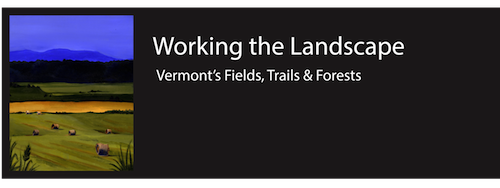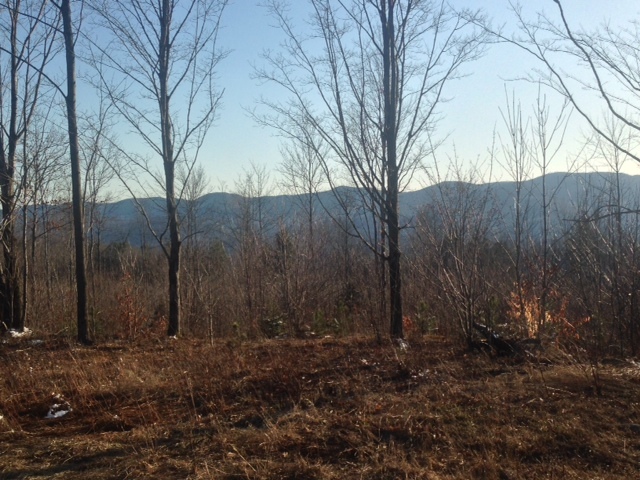Policy Tools
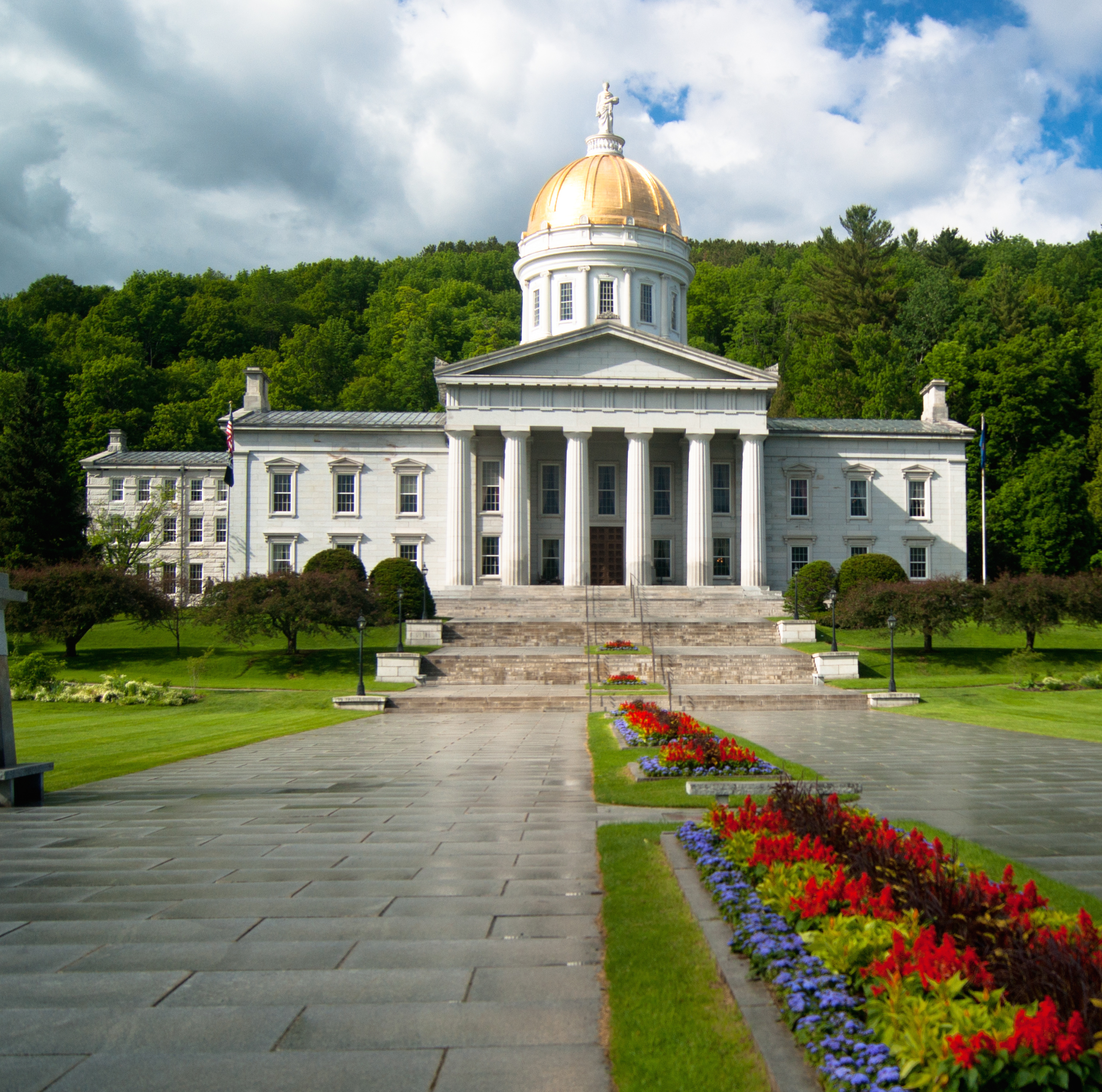
The Vermont Statehouse. Photo via Wikimedia Commons.
Legislation & The Landscape
In addition to the work of Vermonters in shaping the state's fields, trails, and forests, legislation also affects the landscape.
In this exhibit, we feature three statewide policies with wide-ranging effects on Vermont's landscape. These policies impact the livelihoods of those who work in farming, recreation, and forestry as well as aesthetic elements of the landscape valued by both residents and visitors.
1978: Use Value Appraisal Program (Current Use)
Keeping Vermont's Working Landscape Affordable
Use Value Appraisal, also known as Current Use, is a state tax program first implemented in 1980. The legislation allows land in forest or agricultural use to be taxed at a lower value than developed lands. Lawmakers created the policy to slow commercial and residential development and to encourage farm and forest land use in the state. A third of Vermont’s total land area, or more than 2.3 million acres, is currently enrolled in this program.
1987: Vermont Housing & Conservation Trust Fund Act
"Conserving Land for the Future of Vermont"
– Vermont Land Trust
The Vermont State Legislature passed the Vermont Housing and Conservation Trust Fund Act in 1987.
This act established the Vermont Housing and Conservation Trust Fund, which provides loans and grants to land conservation and affordable housing projects. The Vermont Housing & Conservation Board (VHCB) administers the Fund and is funded by Vermont state taxpayers through the annual Capital Appropriation and State Bonding Act. The act states that Vermont should "encourage and assist in ... keeping conserved agricultural land in production and affordable for future generations of farmers":
“It is in the best interests of all of its citizens and in order to improve the quality of life for Vermonters and to maintain for the benefit of future generations the essential characteristics of the Vermont countryside, and to support farm, forest, and related enterprises, Vermont should encourage and assist in creating affordable housing and in preserving the State's agricultural land, forestland, historic properties, important natural areas and recreational lands, and in keeping conserved agricultural land in production and affordable for future generations of farmers.” (Vt. Stat. Ann. tit. 10, No. 88, § 1, eff. June 11, 1987)
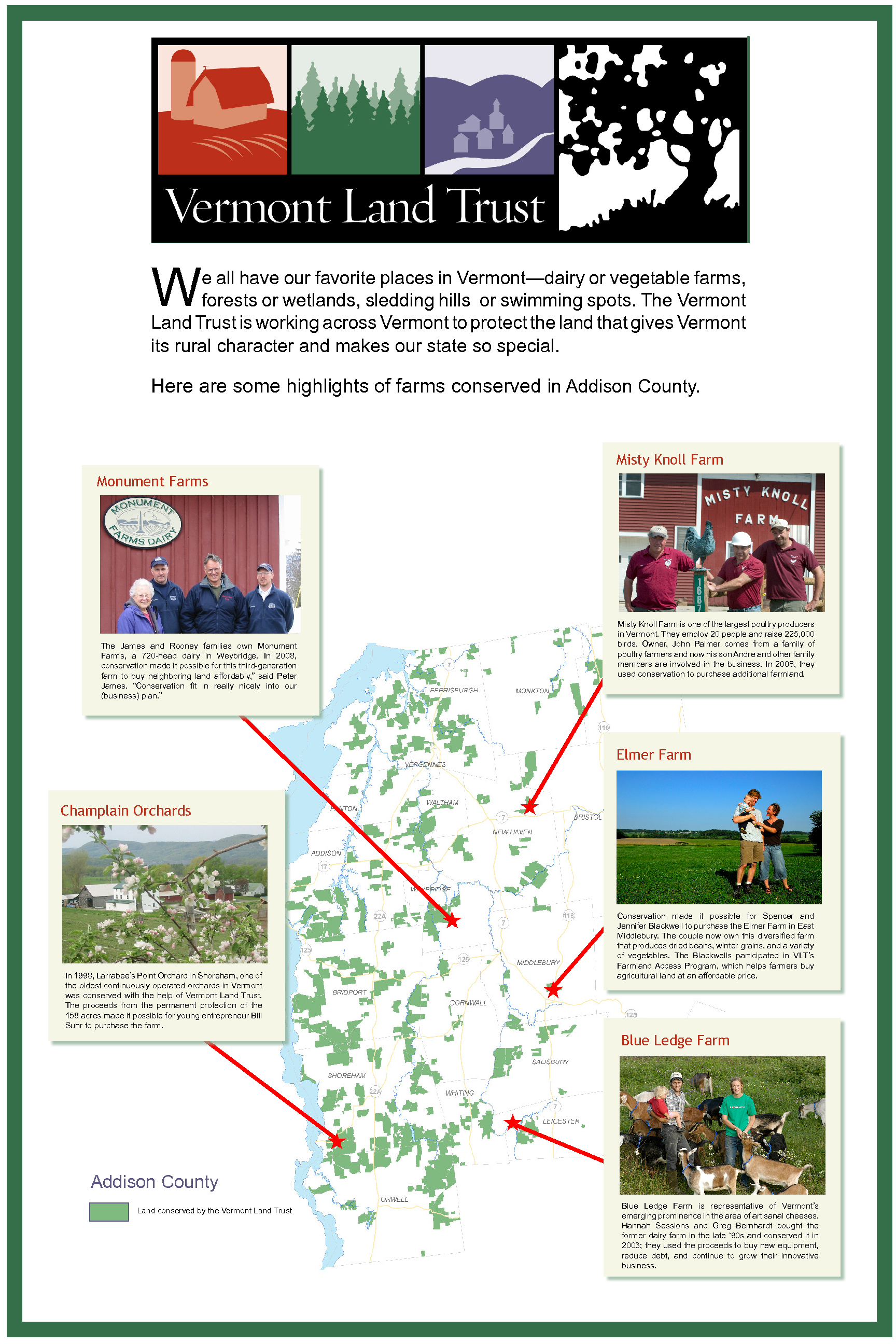
Addison County: An example of lands conserved at a regional scale, 2010. This poster depicts the type and extent of conservation projects at a regional scale. Nadine Berrini, Vermont Land Trust.
Vermont Housing and Conservation Trust Fund
Since 1987, the Fund has contributed nearly $260 million to housing and conservation projects, which has helped to conserve over 600 farms and 144,000 acres of agricultural land as well as more than 250,000 acres of natural areas and recreational land (VHCB).
The Housing and Conservation Trust Fund and the conservation projects it funds help to maintain Vermont’s rural landscape by limiting development on farm and forestland.
Vermont Land Trust
The Vermont Land Trust is a nonprofit that conserves agriculture and forestland in partnership with VCHB. The materials in this exhibit highlight the work of the Land Trust and its impact on the Vermont landscape.
The Land Trust conserves land through the purchase of land and conservation easements as well as through donations of land and easements from landowners. Conservations easements are a type of legal agreement between a landowner and an organization that limits the types of activities that can take place on the land, ensuring that it remains in agriculture or forest even if sold in the future.
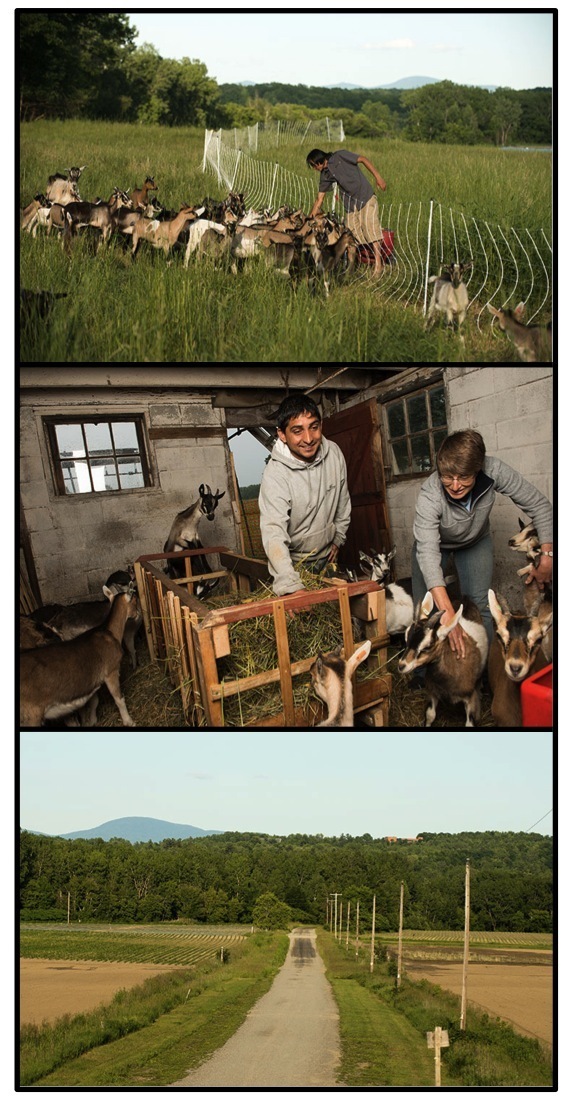
- Tika Dulal at the Vermont Goat Collaborative. Caleb Kenna. Vermont Land Trust.
- Chuda Dhaurali and Karen Freudenbuger tend to the goats. Caleb Kenna. Vermont Land Trust.
- Pine Island Farm has 135 acres of superior farmland. Caleb Kenna. Vermont Land Trust.
Pine Island Farm & The Vermont Goat Collaborative
The Vermont Land Trust purchased Pine Island Farm, a former dairy farm, in 2012. The property includes 135 acres of superior farmland, 100 acres of forest and wetlands, and a mile of frontage on the Winooski River. The land will be farmed in a way that protects the river and wetlands and respects the diversity of plants and wildlife.
The Vermont Goat Collaborative at Pine Island Farm is an example of a local project encated by the Vermont Land Trust. The Land Trust worked with advocates for the new American community to procure this land on the Winooski river to raise the bucklings that are a by-product of Vermont's prolific goat dairy businesses. These goats are raised under the care of Nepalese and Bhutanese refugees who have resettled in the Burlington and Winooski areas. Goat meat is a mainstay in their religious and cultural practices, and the goats raised here will replace many of the more than 3,000 frozen goats imported from Australia.
2012: Vermont Working Lands Enterprise Investment Bill
An Economic Investment in Agriculture, Food & Forestry
Working Lands Bill Becomes Act 142
In May 2012, the Vermont Working Lands Enterprise Investment Bill was passed into law as Act 142 by Governor Peter Shumlin. Secretary of Agriculture, Chuck Ross, addressed the audience at the signing. The Act states that Vermonters value the "working lanscape" as "key" to the future of the Vermont:
The report issued by the Council on the Future of Vermont indicates that over 97 percent of Vermonters polled endorsed the value of the “working landscape” as key to our future.
Vermont’s unique agricultural and forest assets—its working landscape—are crucial to the state’s economy, communities, character, and culture. These assets provide jobs, food and fiber, energy, security, tourism and recreational opportunities, and a sense of well-being. They contribute to Vermont’s reputation for quality, resilience, and self-reliance.
Human activity involving Vermont’s agricultural and forestland has been integral to the development of Vermont’s economy, culture, and image. Sustainable land use will need to balance economic development demands with the other services the land provides, many of which have economic benefits beyond the agriculture and forest product sectors. Some of these benefits include clean air and water, recreational opportunities, ecosystem restoration, scenic vistas, and wildlife habitat. (No. 142. An act relating to preserving Vermont's Working Landscape. H.496.)
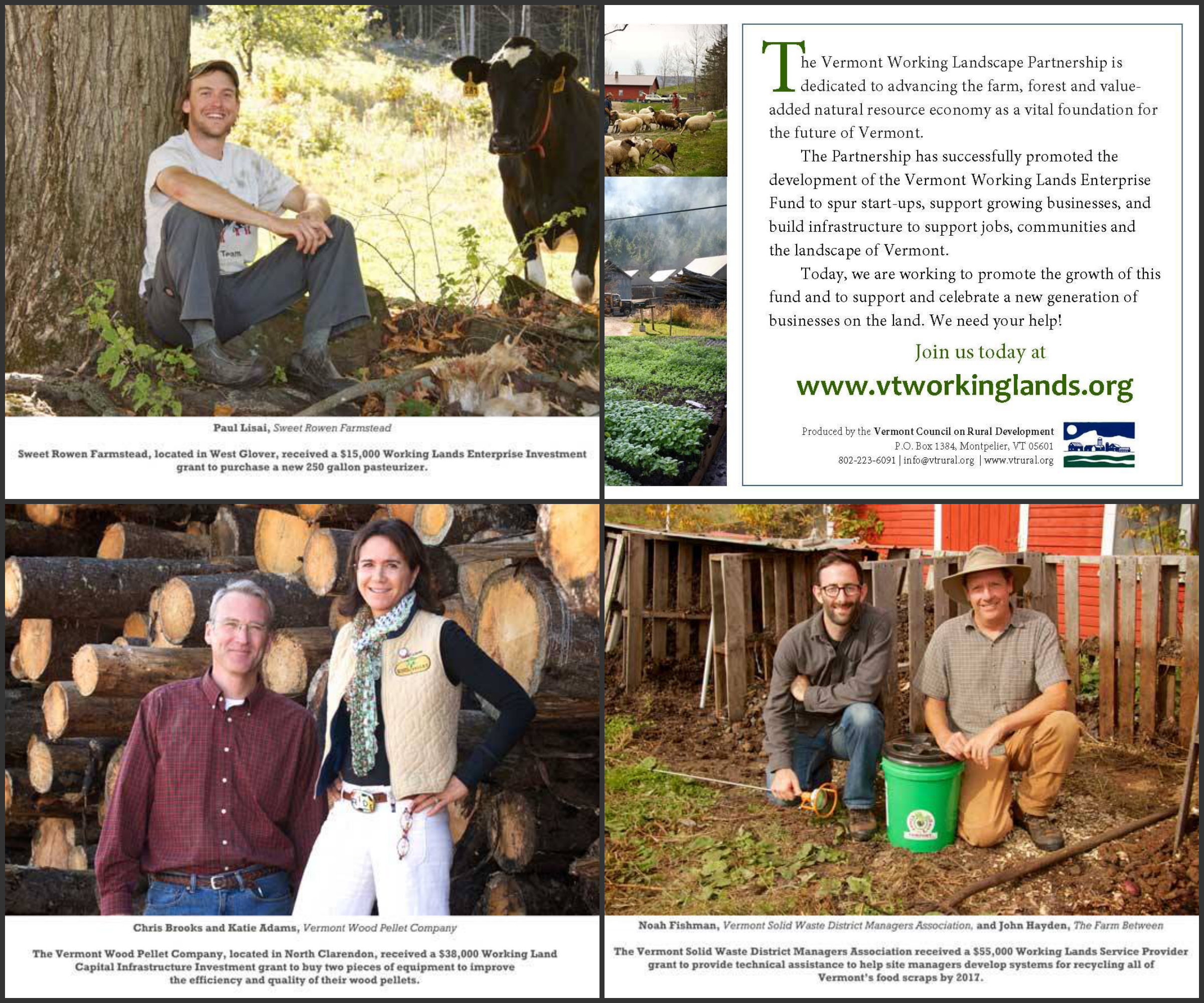
Recipients of Working Lands Enterprise Fund Grants in 2012–2013. Vermont Council on Rural Development.
Working Lands Enterprise Fund
Act 142 created the Working Lands Enterprise Fund to increase state investment in Vermont’s farm and forest economy. Approximately $1 million in grant funds is made available each year to farm, food systems, forestry and forest product industries. Working Lands grants are available in three areas: Enterprise, Service Provider, and Capital & Infrastructure. The featured profiles of grantees from 2012–2013 represent each of the three categories.
